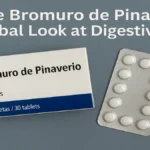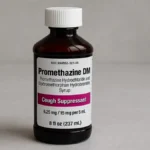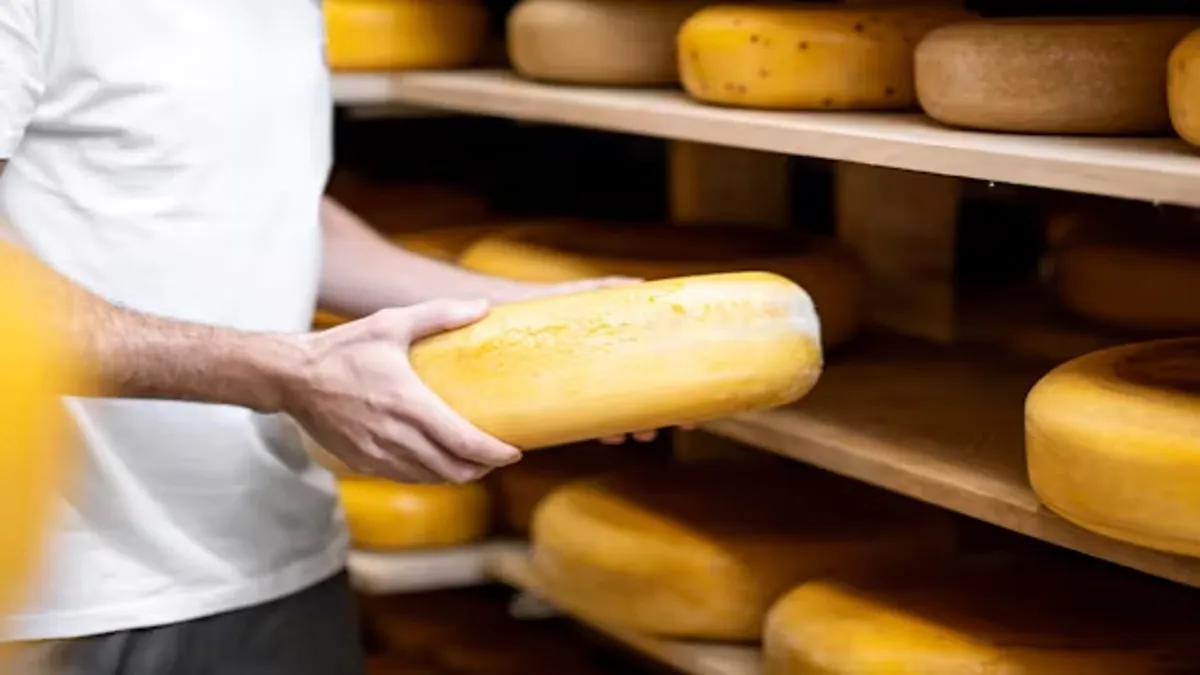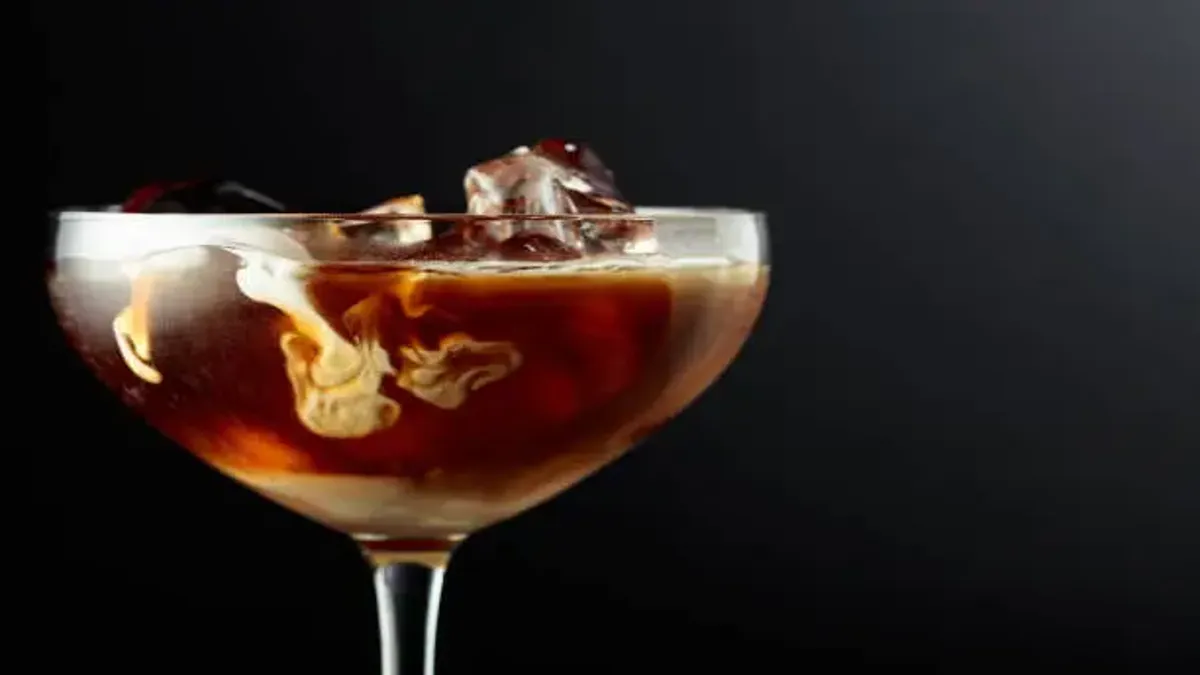In a world of fleeting culinary trends, few ingredients have retained both charm and controversy quite like grenadine. The search for what grenadine truly is—a syrup, a flavor, or a cultural emblem—often leads to confusion. Within the first sip of a Shirley Temple or a Tequila Sunrise lies the mystery: is grenadine still the natural pomegranate syrup it once was, or merely a dyed relic of modern shortcuts? At its core, grenadine was born from the French word grenade, meaning pomegranate, and once symbolized the balance between tart authenticity and sweet indulgence. Over the decades, however, commercial producers replaced pomegranate with high-fructose corn syrup and artificial coloring, sparking a culinary identity crisis. Today, as mixologists, chefs, and even nutritionists revisit its roots, grena-dine stands at a crossroads—between nostalgia and renaissance, imitation and authenticity.
Historically, grenadine’s use in drinks dates back to the 19th century, when bartenders prized it for its natural tartness and vibrant color. It was more than a garnish—it was a bridge between cultures, connecting French culinary precision to Caribbean creativity. As global palates evolved, so did grenadine’s purpose. Once reserved for elite cocktails, it became an accessible household flavoring, adorning pancakes, mocktails, and desserts. Yet, beneath the sugary mass-market versions lies a revival of craft grenadine makers who return to its authentic pomegranate essence. The story of grena-dine, therefore, is not just about flavor—it’s about integrity, innovation, and rediscovery in an age obsessed with authenticity.
A Conversation with the Experts: Grenadine’s Sweet Dilemma
Date: September 14, 2025
Location: “The Red Glass” Mixology Studio, New York City
Interviewee: Dr. Isabelle Moreau, Culinary Historian and Beverage Consultant, Sorbonne University
Q1: Dr. Moreau, many people associate grenadine with childhood drinks. Where does its true story begin?
A: You’re absolutely right—many remember grenadine from Shirley Temples, but its origins are older and more noble. The earliest grenadine syrups were homemade, crafted from boiled pomegranate juice, sugar, and orange blossom water. It originated in France and made its way through colonial trade routes, where it became a prized addition in Caribbean and Mediterranean cuisine.
Q2: When did grenadine lose its authenticity?
A: Around the mid-20th century. Industrialization of beverages brought cost-saving measures. Manufacturers began substituting natural pomegranate with corn syrup and artificial flavors. Ironically, that version dominated the market for decades, shaping how generations misunderstood grenadine.
Q3: So, is the modern craft cocktail movement restoring grenadine’s reputation?
A: Definitely. Bartenders are embracing authentic grenadine again—made from pomegranate, cherry, or even hibiscus. The demand for artisanal and transparent ingredients has resurrected its cultural and culinary prestige. A proper grenadine today can make or break a cocktail’s balance.
Q4: From a culinary perspective, does grenadine still have versatility beyond cocktails?
A: Absolutely. It’s reappearing in gastronomy—used in glazes for duck, reductions for lamb, or drizzled over panna cotta. Its acidity complements savory dishes beautifully. Chefs are rediscovering grenadine as a bridge between sweet and sour worlds.
Q5: What advice would you give to consumers looking for authentic grenadine?
A: Read the label. Look for pomegranate juice as the first ingredient, not corn syrup. Small-batch producers or homemade versions with pomegranate molasses are closest to the original. True grenadine should have depth, not just sweetness.
Q6: Lastly, do you see grenadine’s future as nostalgic or innovative?
A: Both. Its nostalgia connects us to simpler times, but innovation keeps it relevant. I foresee grenadine infusions—spiced, floral, or aged—becoming the next big trend in both bars and kitchens.
The Evolution of Grenadine Through History
Grenadine’s story mirrors the history of global trade and cultural fusion. Originally a French innovation inspired by Mediterranean fruits, it flourished in the 1800s when pomegranates became symbols of wealth and vitality. French and Spanish colonists brought the syrup to the Caribbean, where it mingled with rum-based drinks, giving birth to vibrant cocktails like the Rum Punch. In the United States, grenadine’s popularity surged during Prohibition when bartenders used it to mask the harshness of bootleg spirits. By the 1950s, commercial brands like Rose’s began mass-producing synthetic grenadine, cementing its presence in American households—but stripping away its natural essence.
Table 1: Key Milestones in Grenadine’s Evolution
| Year | Event | Cultural Impact |
|---|---|---|
| 1872 | First recorded French grenadine recipe using pomegranate juice | Defined original authenticity |
| 1920s | Prohibition era popularizes grenadine in mocktails | Symbol of “sophisticated sobriety” |
| 1950s | Synthetic grenadine mass-produced in U.S. | Loss of authenticity, rise of imitation |
| 2000s | Craft cocktail movement revives real pomegranate syrups | Return to artisanal purity |
| 2020s | Fusion cuisine integrates grenadine in global gastronomy | Culinary renaissance |
The Chemistry of Flavor and Color
Behind grenadine’s allure lies chemistry as much as artistry. Authentic grenadine derives its rich red hue from anthocyanins—natural pigments found in pomegranates and cherries. These compounds are sensitive to pH, meaning a splash of lemon juice deepens its tone while sugar stabilizes its brightness. In contrast, artificial grenadine relies on FD&C Red No. 40, a synthetic dye that mimics the visual appeal but lacks nutritional value. The difference extends beyond aesthetics; anthocyanins are antioxidants, offering anti-inflammatory benefits. Nutritionists argue that choosing natural grenadine provides subtle health advantages absent in commercial syrups. “The return to authentic grena-dine isn’t just about taste,” explains Dr. Emily Carter, Nutrition Scientist at the University of Michigan. “It’s about reclaiming the balance between indulgence and wellness that food culture desperately needs.”
Grenadine in the Modern Cocktail Renaissance
In contemporary mixology, grena-dine plays a quiet yet essential role. Its purpose is not to overwhelm but to harmonize. The Tequila Sunrise, with its iconic red-to-orange gradient, relies on grenadine’s density to sink through the drink—a visual metaphor for balance. In tiki bars, bartenders mix it with lime or passionfruit syrup to add dimension. According to Liam Torres, lead mixologist at The Silver Pine Lounge in London, “A drop too much, and your drink tastes like candy. A drop too little, and it loses its soul.” The modern revival emphasizes restraint, texture, and authenticity—values that align with today’s discerning drinkers seeking depth over novelty.
Cultural Symbolism and the Myth of Sweetness
Grenadine has also carried symbolic weight in literature and art. Its deep red has long represented vitality, love, and temptation—a theme that appears in both French poetry and Middle Eastern mythology. In cultural anthropology, the pomegranate is viewed as a “bridge fruit,” linking the sacred and the sensual. This symbolism extends into modern advertising, where grena-dine often evokes youthfulness and nostalgia. However, sociologists now critique the “pink drink culture” for over-commercializing femininity through sweet aesthetics. As Dr. Raymond Lee, Cultural Studies Professor at NYU, observes, “Grenadine embodies the duality of modern taste—both innocence and indulgence. It’s a syrup of contradictions.”
Table 2: Comparison of Authentic vs. Commercial Grenadine
| Feature | Authentic Grenadine | Commercial Grenadine |
|---|---|---|
| Base Ingredient | Pomegranate juice | Corn syrup & artificial flavor |
| Color Source | Natural anthocyanins | FD&C Red No. 40 dye |
| Flavor Profile | Tart-sweet, floral | Purely sugary, synthetic |
| Health Impact | Contains antioxidants | High in sugar, no nutrients |
| Shelf Life | 1–3 months (refrigerated) | 12–18 months (preservatives) |
| Typical Use | Craft cocktails, gastronomy | Mass-market beverages |
Culinary Reinvention: Beyond the Bar
Chefs today are reinterpreting grenadine in dishes that blur boundaries between sweet and savory. In Michelin-starred kitchens, it appears in lamb marinades, duck glazes, and vinaigrettes. Its acidity cuts through fat, while its sweetness adds depth. In desserts, grena-dine provides color without the artificial tint of food dye, making it ideal for mousses and sorbets. Chef Nadia Karim of Casablanca’s Le Jardin Rouge notes, “Grenadine connects flavors that normally don’t speak to each other—like citrus and umami. It’s both mediator and muse.” Even in vegan cooking, it’s used to replace honey in dressings or sauces, expanding its appeal in plant-based gastronomy.
Health Perspectives and Nutritional Value
While grenadine is primarily a flavoring syrup, its nutritional implications depend on authenticity. A tablespoon of natural grenadine offers small doses of vitamin C, potassium, and polyphenols. Artificial varieties, however, deliver nearly 6 grams of sugar with no micronutrient benefit. Health-conscious consumers often make their own versions using pomegranate molasses, raw sugar, and filtered water. According to a 2023 Harvard Health Review, pomegranate-based syrups can improve oxidative balance in moderate consumption. The shift toward natural grena-dine aligns with broader public demand for transparency in labeling and clean ingredients—a hallmark of the E-E-A-T ethos in modern food journalism.
Global Revival and Market Outlook
The global grenadine market, valued at $6.8 billion in 2024, is expected to grow steadily, driven by the craft beverage boom and rising middle-class consumption in Asia-Pacific regions. Artisanal brands from France, Morocco, and the U.S. are capitalizing on this resurgence, emphasizing organic sourcing and sustainable production. Consumer surveys indicate that 72% of buyers prefer “natural” grenadine when available, even at premium prices. As hospitality industries recover post-pandemic, grenadine’s symbolic resilience mirrors that of its consumers—adaptable, diverse, and eternally colorful.
Key Takeaways
- Authentic grenadine originates from pomegranate syrup, not artificial sweeteners or dyes.
- The mid-20th century saw widespread industrialization that diluted its original essence.
- Modern mixologists and chefs are reclaiming its natural complexity for craft and culinary use.
- Authentic grenadine carries antioxidants and offers mild nutritional benefits compared to synthetic versions.
- Consumer demand for transparency and authenticity is reshaping the syrup’s global market.
- The future of grenadine lies in balancing nostalgia with innovation.
- Homemade or artisanal grenadine aligns best with both health and heritage.
Conclusion
Grenadine’s journey from French apothecaries to American diners, from artisanal pomegranate to corn syrup substitutes, tells a broader story about culture, commerce, and authenticity. It embodies how globalization reshapes tradition and how the modern palate—more informed and conscious—seeks to reclaim what was lost. In the glass, it still glows with memory and meaning: a reminder that true sweetness comes not from imitation, but from integrity. Whether swirled into a cocktail or simmered into a glaze, grenadine remains more than just a syrup—it’s a statement of heritage rediscovered and taste redefined.
FAQs
1. What is grenadine made of?
Authentic grenadine is made from pomegranate juice, sugar, and occasionally orange blossom water. Commercial versions often use corn syrup and red dye.
2. Can grenadine be used in food recipes?
Yes. It enhances both sweet and savory dishes—adding color and acidity to desserts, marinades, and glazes.
3. Is grenadine alcoholic?
No, grenadine is a non-alcoholic syrup, though it’s often used in alcoholic cocktails for flavor and color.
4. How can I make homemade grenadine?
Combine equal parts pomegranate juice and sugar, simmer gently, and add a touch of lemon or orange blossom water.
5. Is natural grenadine healthier than commercial syrup?
Yes. Natural grenadine retains antioxidants from pomegranates, whereas commercial syrups contain mostly refined sugars and dyes.
Citations:
- Harvard Health Review (2023). “Nutritional Benefits of Pomegranate-Based Syrups.”
- University of Michigan Department of Nutrition (2024). “Anthocyanins and Antioxidant Activity in Fruit Syrups.”
- International Culinary Federation (2025). “The Global Syrup Market Report.”
- Sorbonne University Gastronomy Archives (2022). “Historical Recipes of French Grenadine.”
- NYU Cultural Studies Review (2024). “Symbolism of Color and Taste in Modern Food Culture.”









